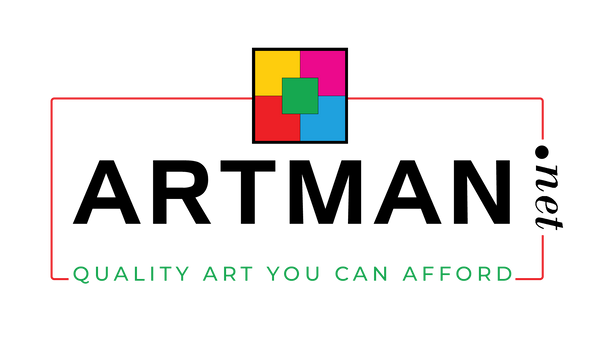Discover the importance and significance of Certificates of Authenticity in the art market with our comprehensive guide, The Certificates of Authenticity Explained.
In a world full of reproductions, determining the value of an objet d’art depends on establishing its authenticity—ensuring what you’re buying is the real deal. A work of art’s unique aesthetic authority (as Walter Benjamin would have it) is central to its worth. Even before the pandemic made it difficult to assess an artwork in person before purchase, there were other tools those in the business could rely on to adequately appraise or authenticate a work. Yet not all of these tools are considered equal.
Certificates of authenticity, which have been in circulation for decades, were once a vaunted source for proving provenance. Increasingly, though, they are being called into question. Typically a slip of paper that can serve as a historical record of sales while linking the artwork to the artist, a certificate of authenticity has often been required by auction houses and collectors to confirm an artwork’s provenance and hence its value. Newer certificates might be affixed with a hologram to match a hologram on the work or feature a serial number also placed on the work of art itself. Regardless of their exact form and details, these documents are intended to provide proof of proper attribution.

